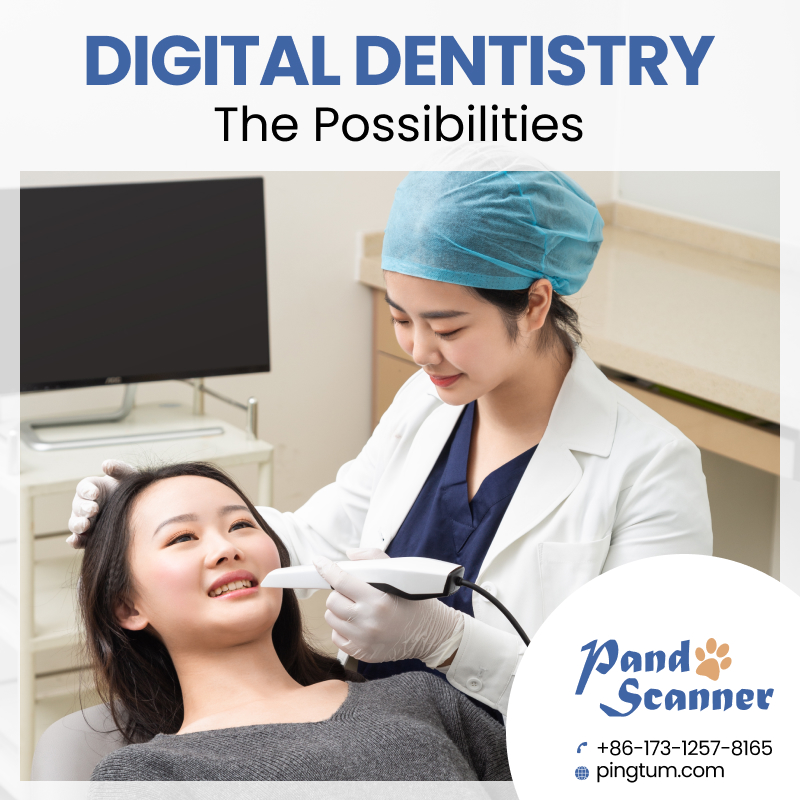The world of dentistry is changing rapidly with the advent of digital technologies. These technologies are poised to bring about a transformational change for all stakeholders in the digital dentistry ecosystem, namely, dentists, dental clinics, laboratories, and patients. The expectations of high performance and efficiency in diagnosis and treatment among patients when they visit a clinic keep the fortunes of any dental clinic from either hitting the roof or ground. And digital technologies can offer several benefits over the conventional mode of diagnosis and treatment and have rightfully aroused great interest within the dental community.
Dental professionals can now look at standardizing and streamlining their workflow, improved quality of materials, and applying reproducible restorations. The dentists of today can derive a lot more information from patients thanks to the digital impression system. They can see 3D images of the teeth and gums of their patients in real-time from various angles, which is not possible using conventional x-rays. This has increased the accuracy of diagnosis and the delivery of the expected results – safely, quickly, and efficiently.

Setting the treatment plan and monitoring
For any complex dental issue there are three factors surrounding its diagnosis and treatment:
- Planning the treatment pipeline
- Implementing restoration (if needed)
- Monitoring to deliver the expected result
Many times, conventional procedures do not lead to expected results as they often lack a proper treatment plan. However, with digital impression systems using CAD/CAM technology, the potential is immense. Planning treatment in digital dentistry involves collecting data from various components and then deciding on the optimal way to leverage and implement them. If the 3D images show the dental issue needs restoration in the form of implants, aligners, bridges, crowns, etc., the dentist can send the images to the dental laboratory to prepare a suitable restoration solution.
With monitoring, certain situations are confirmed. For instance, two scans are taken by a digital impression system at specific intervals wherein the second one is superimposed on the first one and compared. This procedure helps the dentist to find out any changes or issues affecting the issue or restoration at an early stage. A digital impression system can be used as a minimally invasive system to find out the underlying dental issue in a patient and allow the dentist to plan treatment for the same. The possibilities of such systems are immense. These may include replacing lost enamel using an additive technique and without removing any part of the existing tooth structure. Also, with digitization, materials used for restorations are changing such as zirconium oxide, a high-performance polymer, tooth-colored polycarbonate splints, etc. These materials are highly reliable and resilient, thanks to their standardized production. Among the other possibilities of digital dentistry is software that can check the loss of tooth structure by abrasion over a period of time post-restoration. Also, by conducting periodic dental scans over the years, any incipient dental problems can be identified beforehand, restorations targeted methodically, and an accurate reading of the durability of materials can be obtained.
Conclusion
Digital impressions systems, when integrated into the workflow of dental clinics, can deliver a range of benefits to the stakeholders. These benefits can be in terms of increased productivity, better and accurate diagnosis and treatment, superior patient experiences, and increased revenue. Digital dentistry has immense possibilities and can have a transformational impact in the sector. It needs to be embraced by everyone having a stake in the sector in the right earnest to deliver the expected outcomes.






